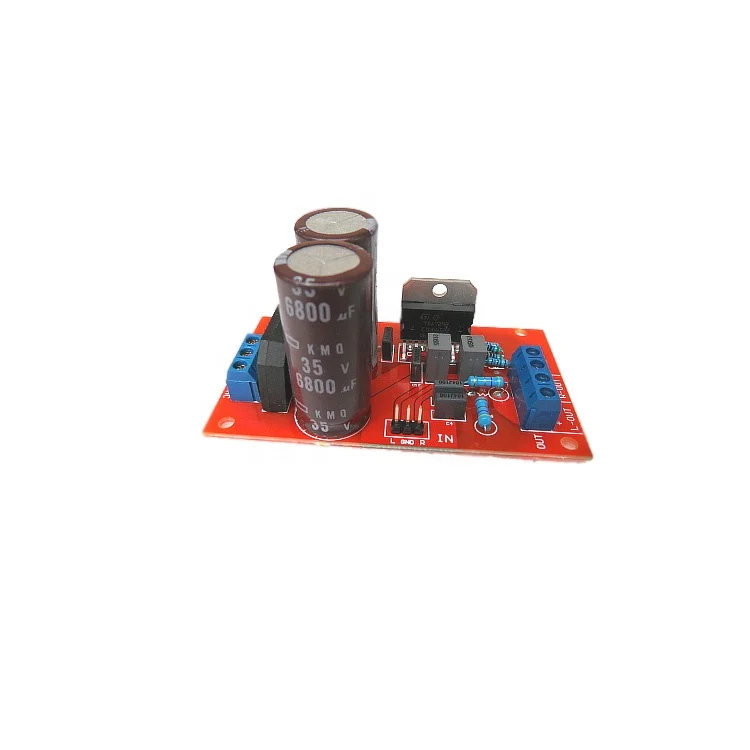

50 Watts output power (25 Watts per channel). Voltage regulation with a 170 VA cut-core transformer. PSU filter with 1000♟ to 2200♟ capacitors. 9 parts per channel based around the LM3875 IC. The 47 Laboratory Model 4706 Gaincard amplifier has these features: The simple Gaincard amplifier is based around the National Semiconductor (now Texas Instruments) LM3875 integrated circuit (IC). So what the heck is a Gainclone amplifier? Originally, the term Gainclone amplifier was generally understood to be a clone of the 47 Laboratory Gaincard amplifier. It's just pure simplicity.4706 Gaincard Amplifier and Gainclone Amplifiers All of these sounds 'too good to be true', I recommend this project for those who are still starting on their DIY HiFi amp hobby, since it only uses some few components.Ī power amp is a amplifier with no preamp, volume control, tone control, or any auxiliary devices attached to it. It beats the hell out of those modern HiFi amps, it produces 2圆8 watts of power, with a Total Harmonic Distortion of 0.03%THD and built on a 2x3 PCB board! So why doesn't the audio industry use it? I'm not really sure. The gainclone only uses small amounts of space, it's built with a minimal supply of components, yet giving a great HiFi result. A Gainclone in the other hand refers to any DIY amplifier that uses a LM3875/ LM3886 as it's main component. It immediately caused controversy because it was based around a $5 power amplifier IC (Integrated Circuit), yet a typical setup would cost you around $3300. Some of the pictures are not mine, there are no claims that the PCB designs are mine nor the diagrams, although there where some modifications made by me for the amp.īack in 1999, relatively unknown manufacturer 47-Labs released the 'Gaincard' to rave reviews. Due to the late documentation, I had to get images from the original source. Too bad I had a late documentation, that's why I only have a few pictures of the steps and procedures. Audio Features: Input Mute Funtion (100% silent = no input) 
Working Voltage/Power: 12-94 Volts (Dual Rail), 1-10 Amperes Auxiliary Features: DC/AC Short circuit protection and thermal protection. Frequency Response: 7Hz-25kHz (Filtered ⇒Linkwitz) Maximum Output Power: 68W RMS - 108W Peak I found an old CPU processor attached to a gorgeous heatsink & fan, I recycled both of them and drilled holes for it to be mounted on the LM3886 chips. There's also a PCB Layout provided for the project. A 25 volt (+/- Dual Rail), 5 Ampere, toroidal transformer was used to supply electricity for the amp. It is a Class AB-A (conjugate) amplifier that has a fully symmetrical structure (push-pull), this mean that the sine waves produced, will produce a +, - output. It's one of the best compact HiFi amplifiers. I've made gainclone amplifier that uses a LM3886 chip. *note: will have two VU meters and tone control preamps (one per chanel) It would be fantastic if someone could help me, review the circuit ideas (not mine, btw) or suggest a different system. I have attached all that I feel is neccessary. I want to combine a variety of different circuit ideas to get the result i desire. the ability to mix the above chanels (with pots)Īnd so I would like to try National's LM4766 Stereo amp.
#Lm4766 vs lm3886 plus
dual mic inputs, plus normal stereo input as well.He also decided to use a Sowter attenuator-based passive preamp to. The source Vuki used was a modified Marantz CD4000 and the speakers were DIY two-way Accuton C12 and C95T6 drivers. Filter caps), noninverted TDA7294 GC and my hybrid gainclone. TUBE-BUFFERED GAINCLONE (TBIGC) (9 February 2007). Well, I would like to make an audio amplifier that features: 'ello 'ello 'ello, im back from hibernation!





 0 kommentar(er)
0 kommentar(er)
